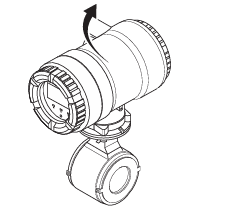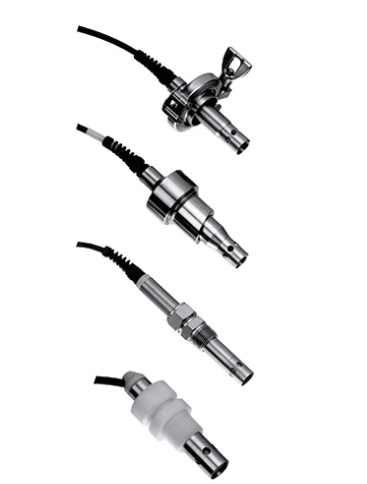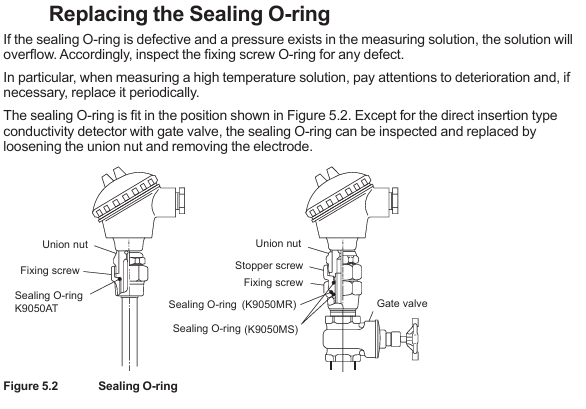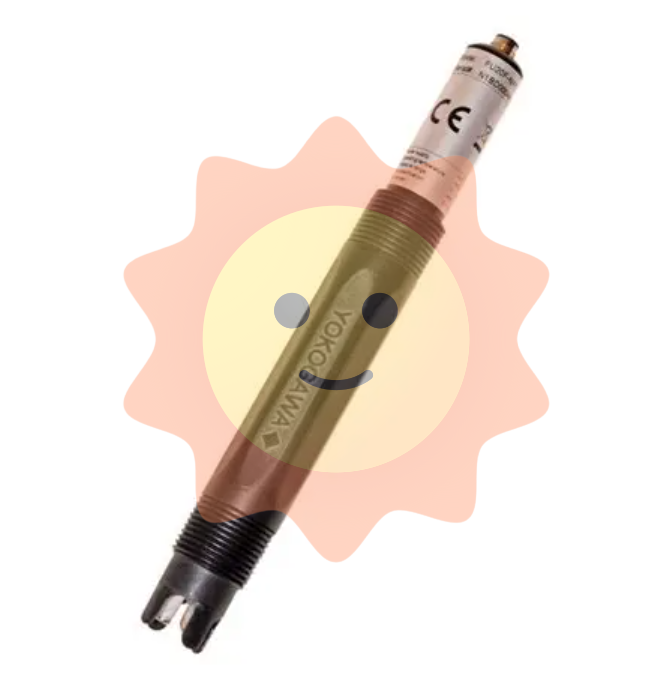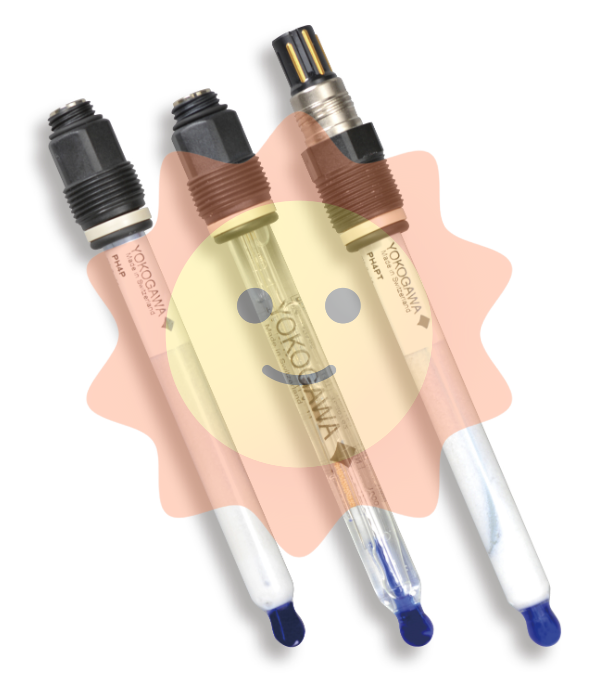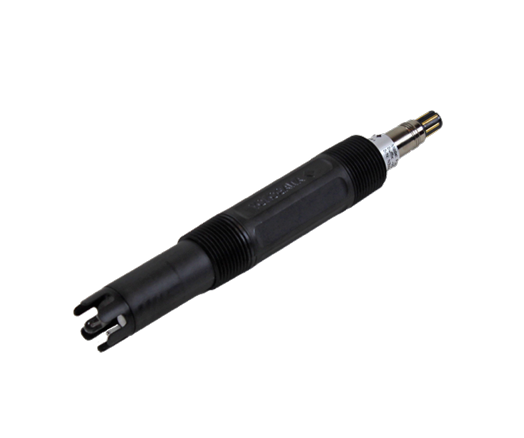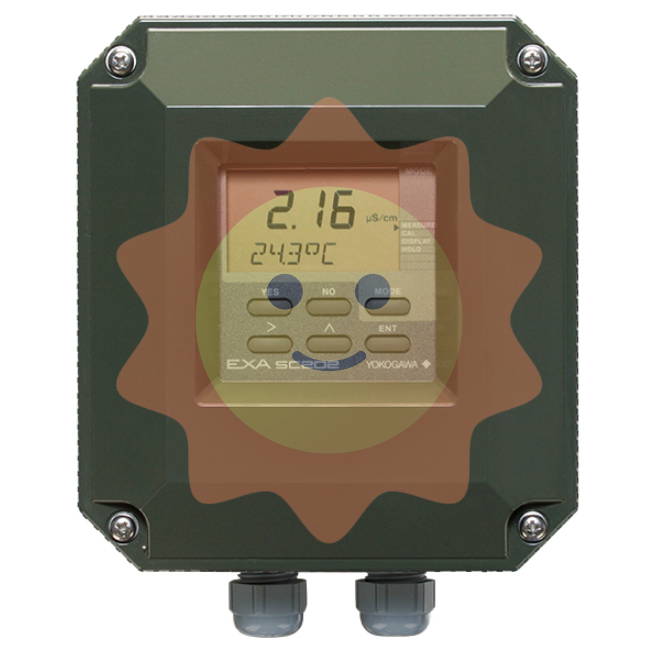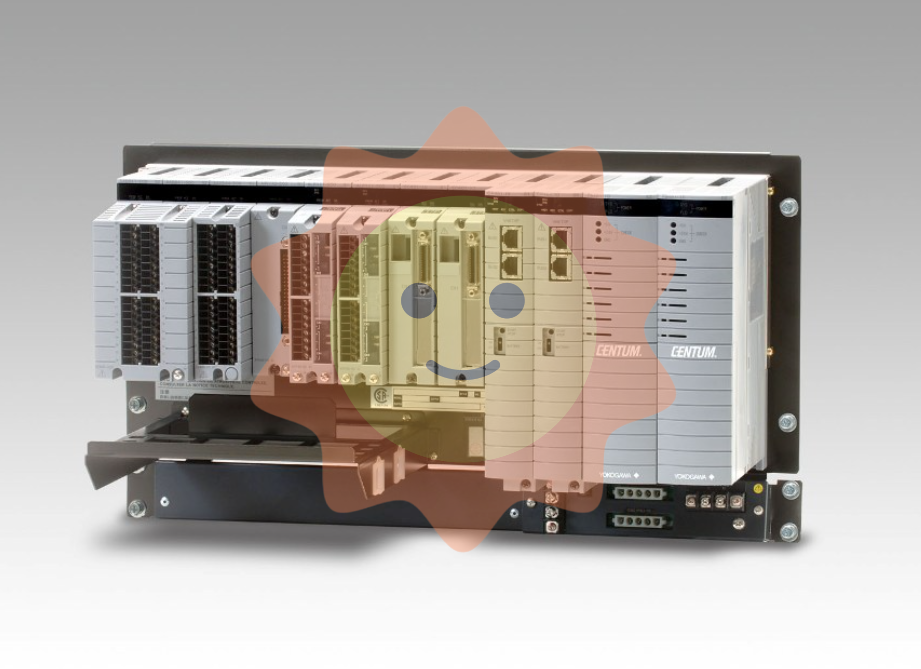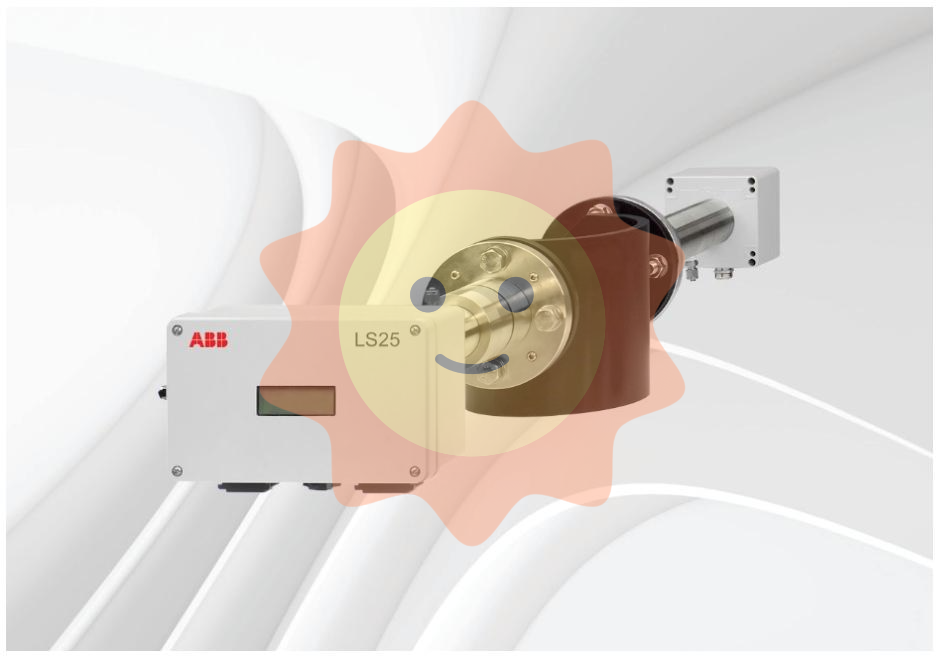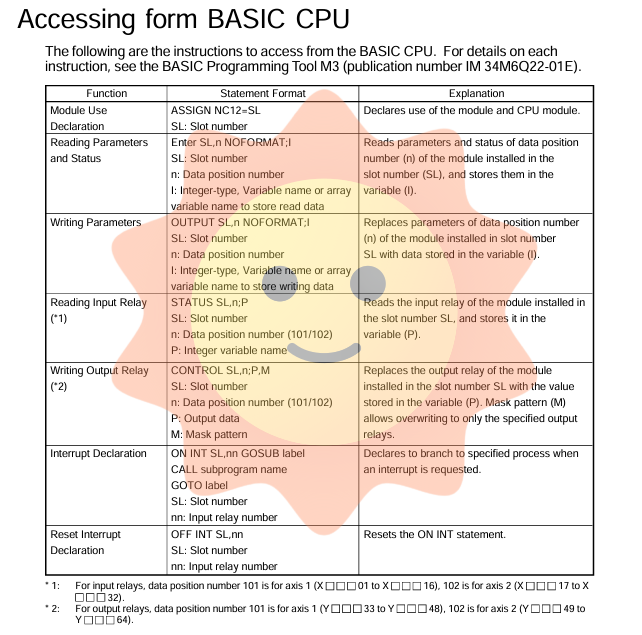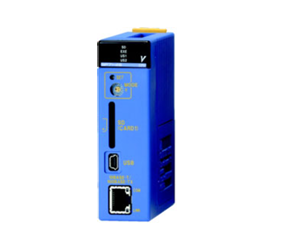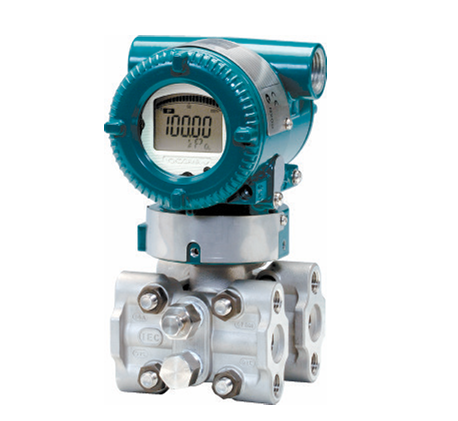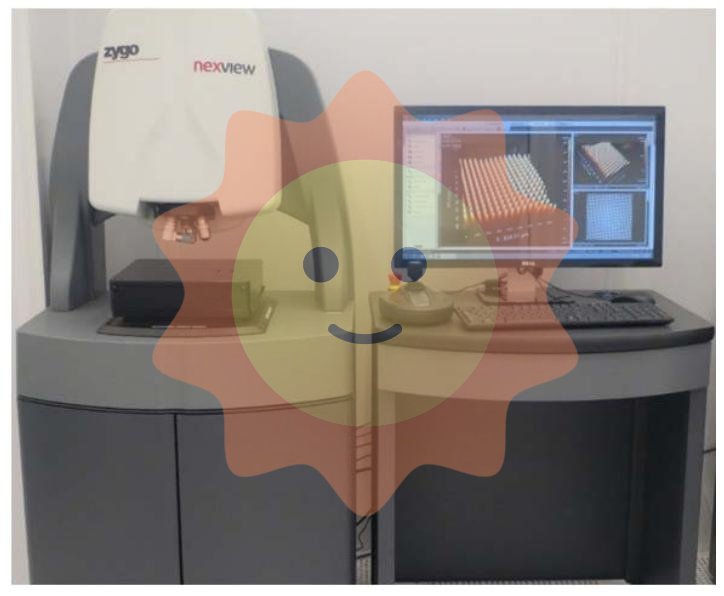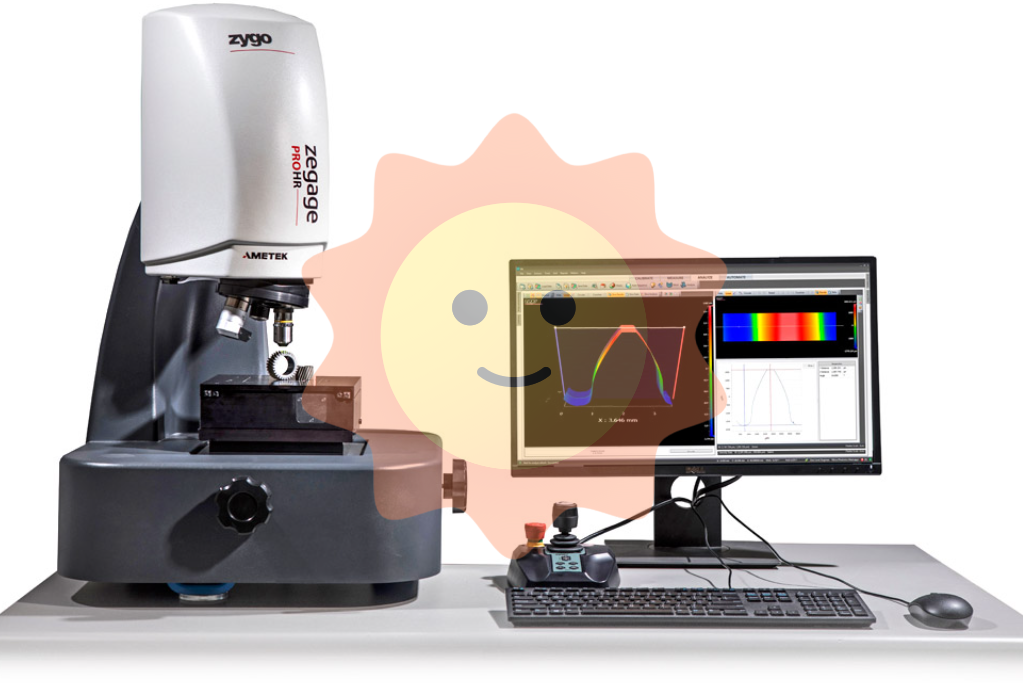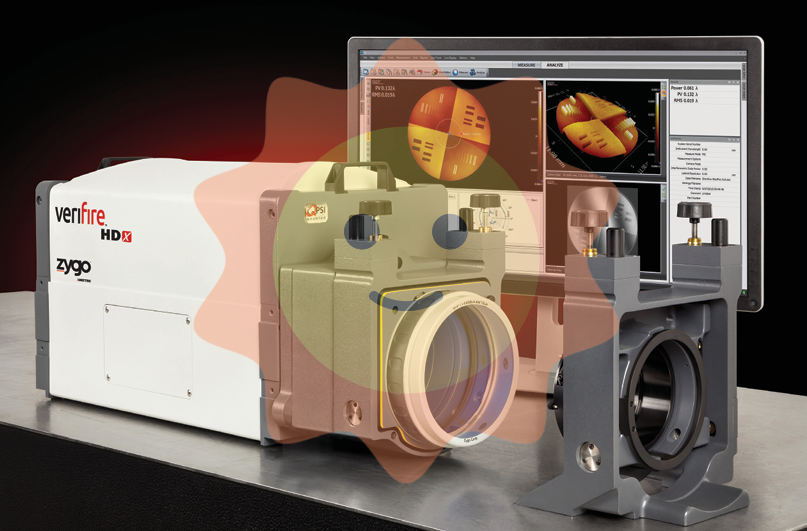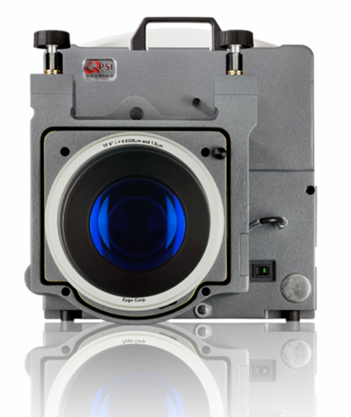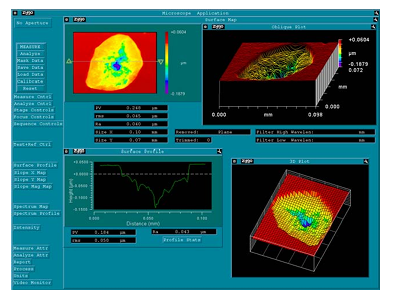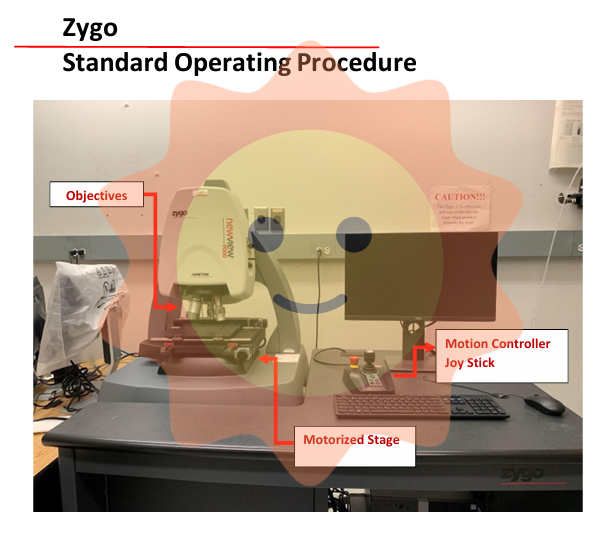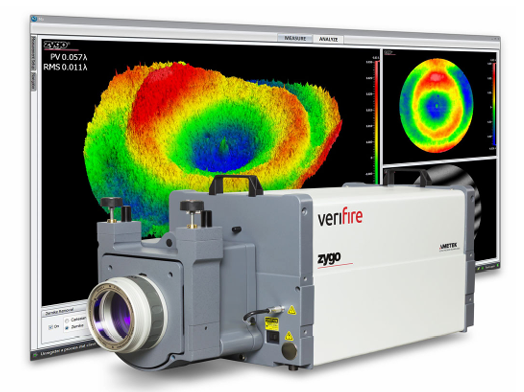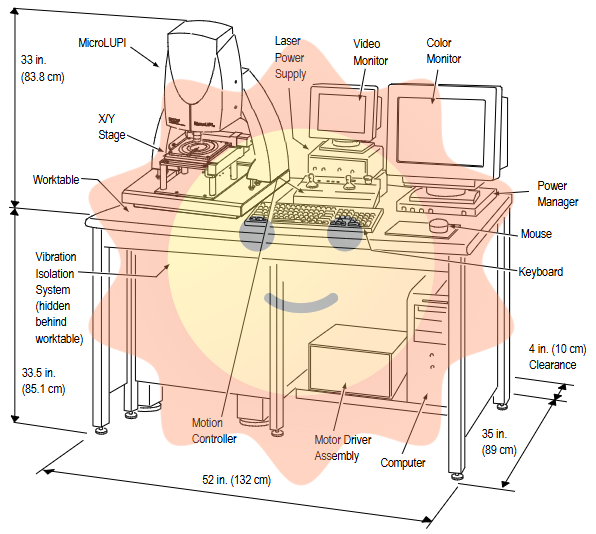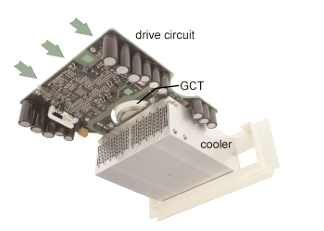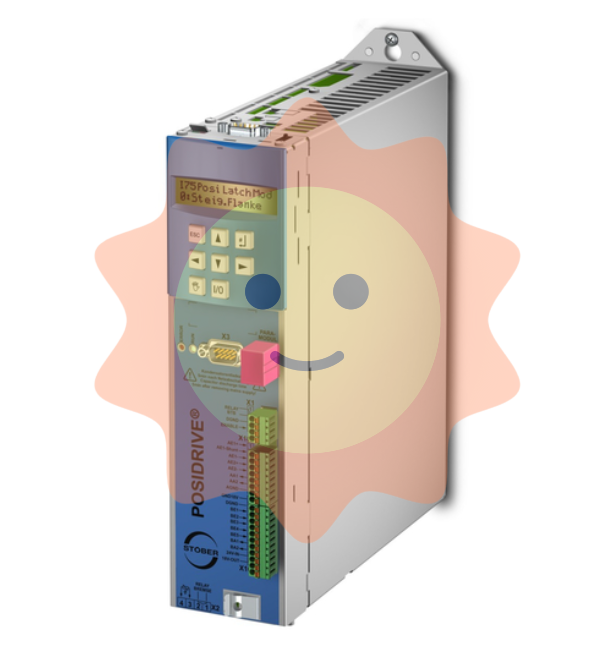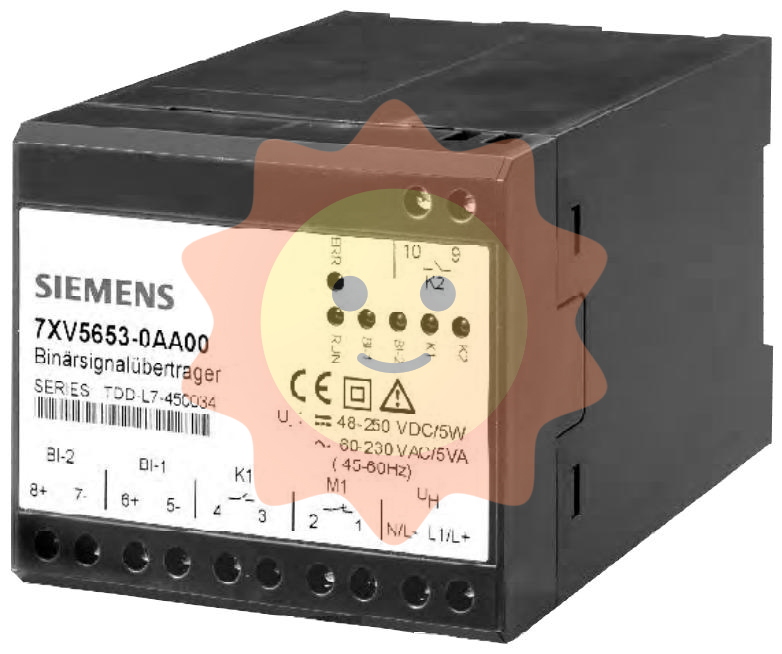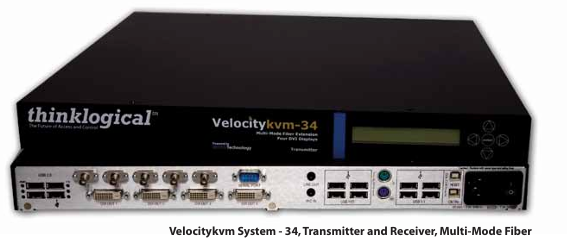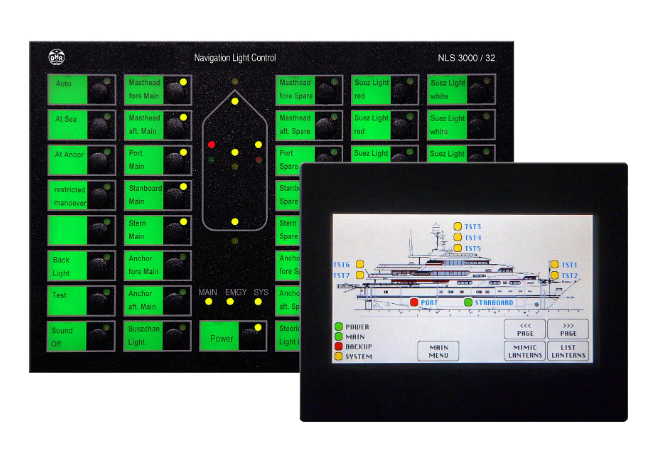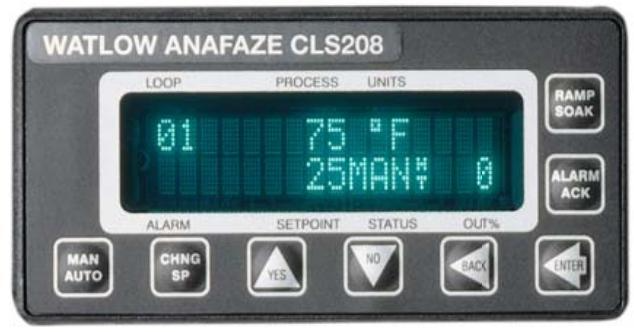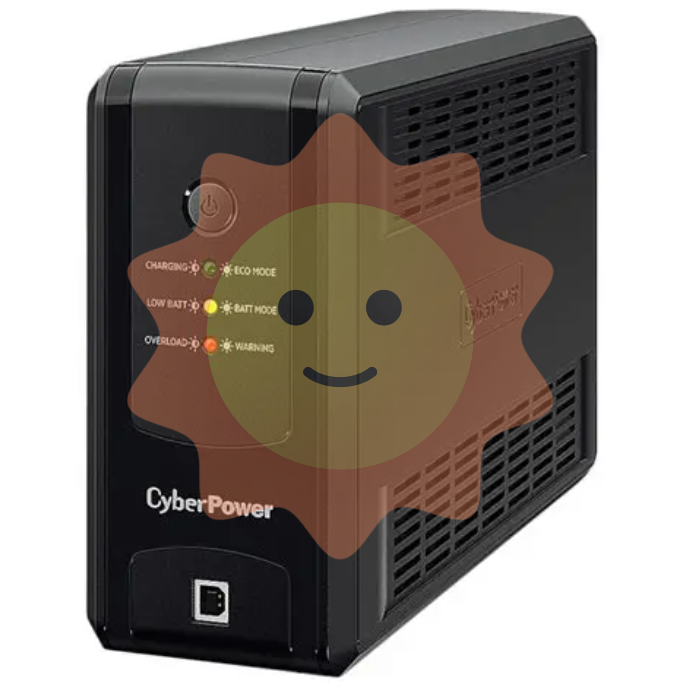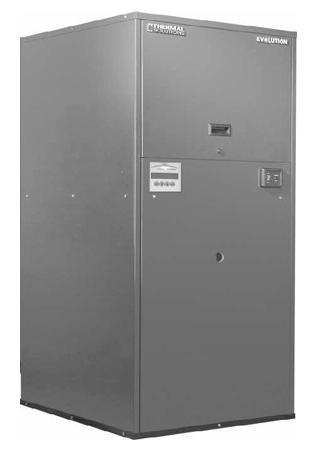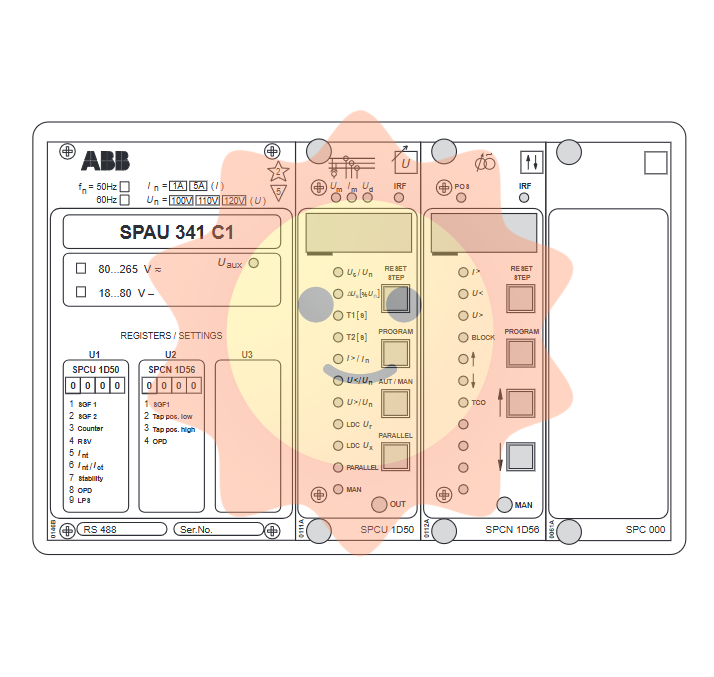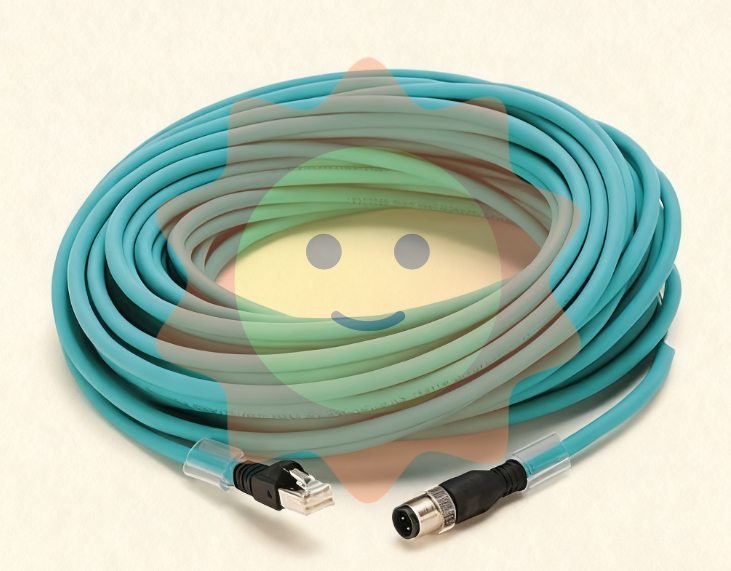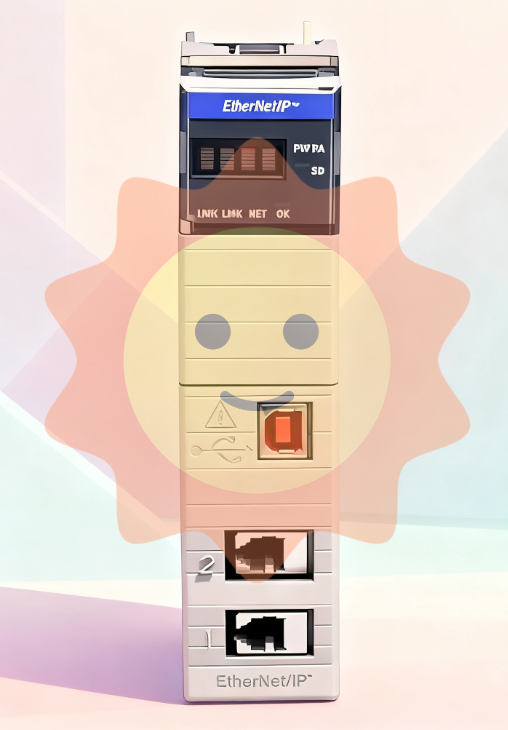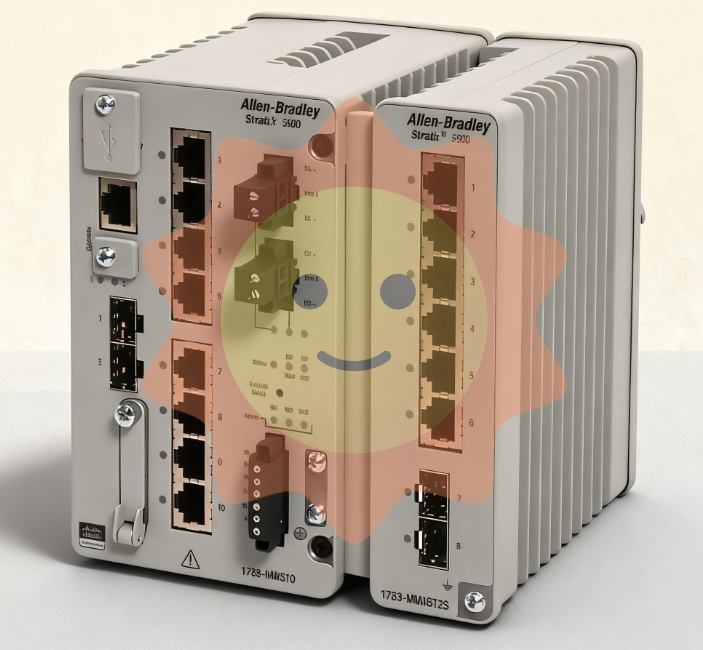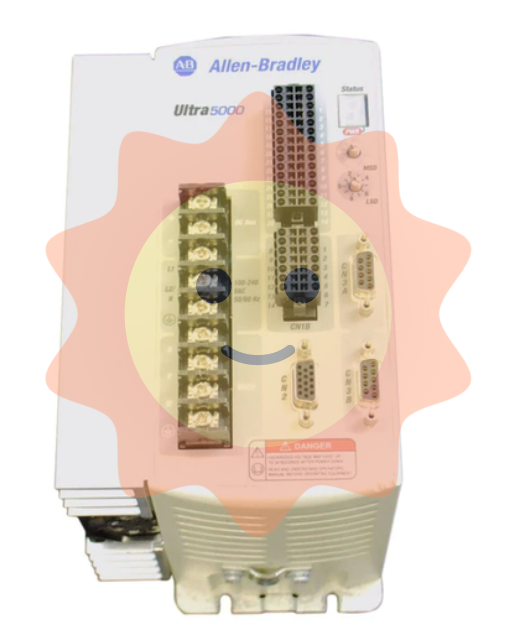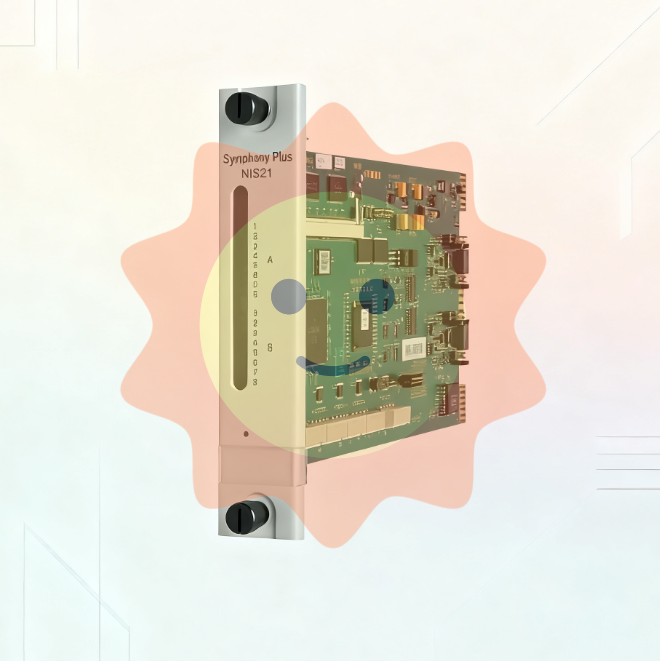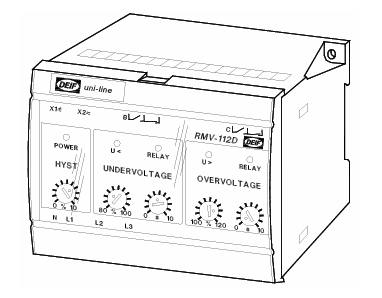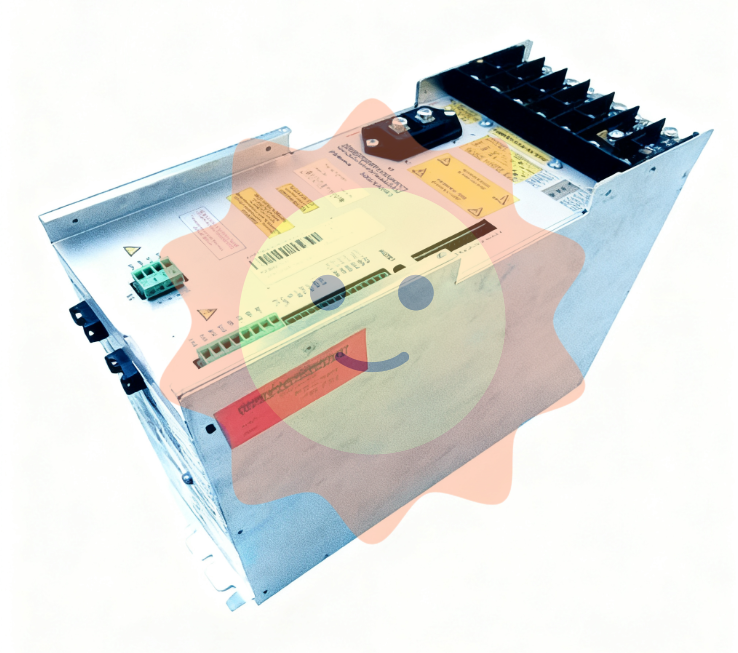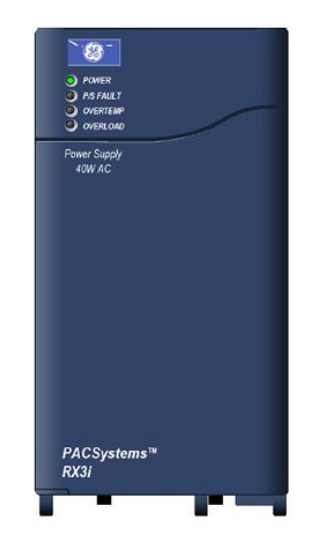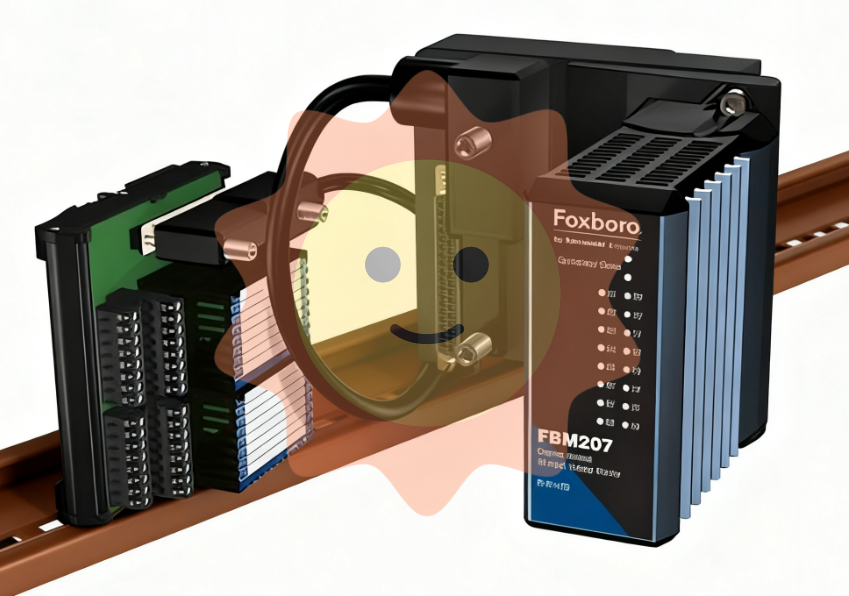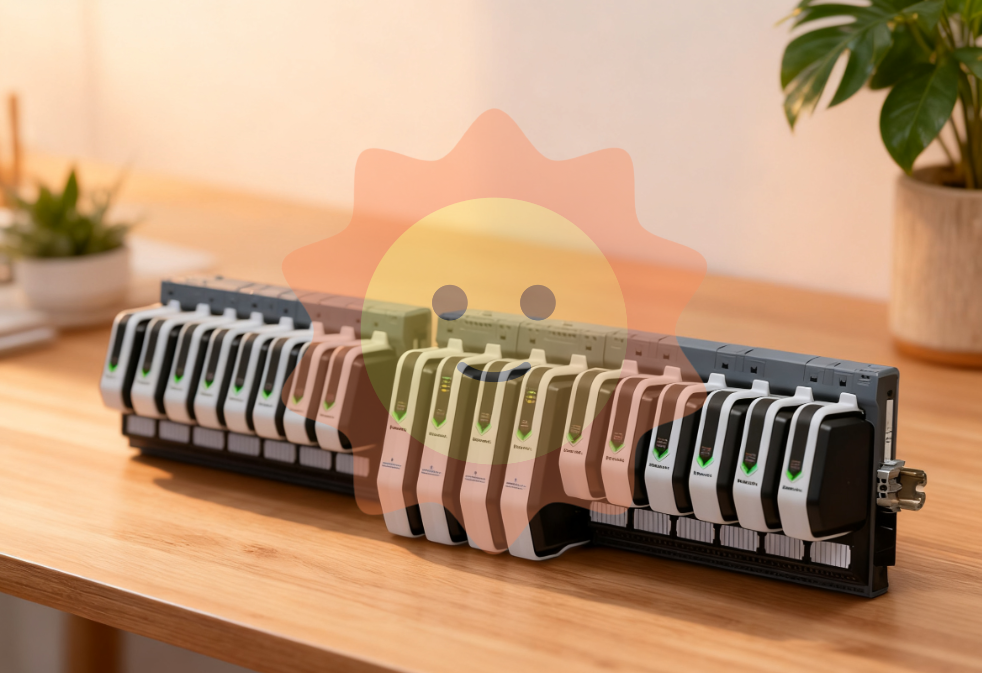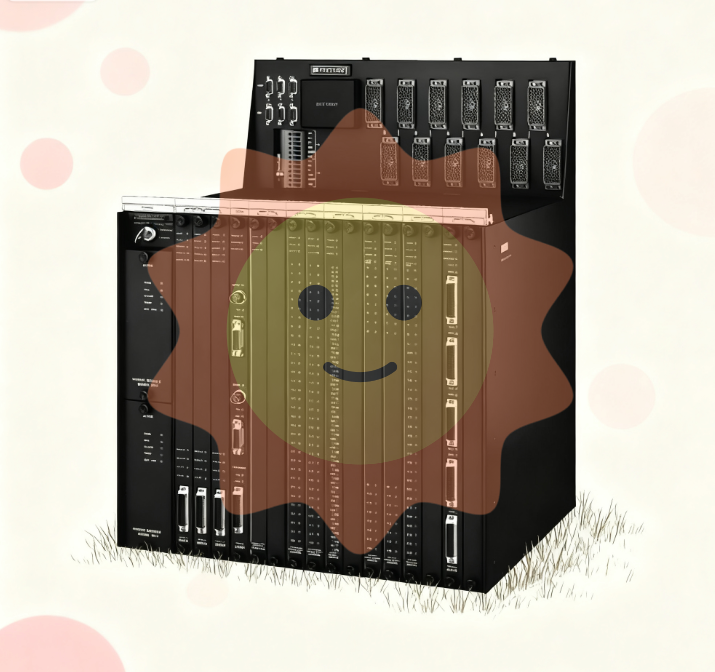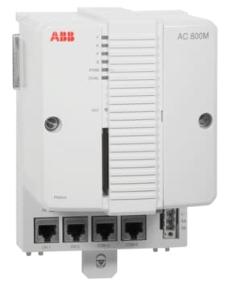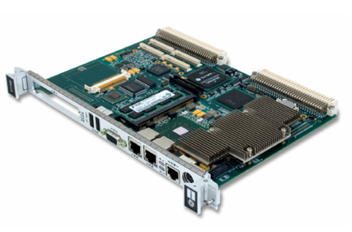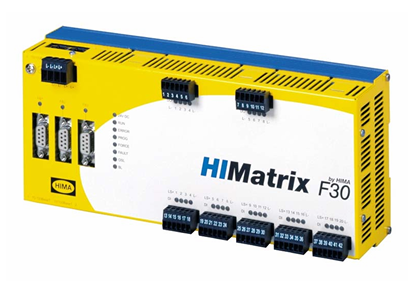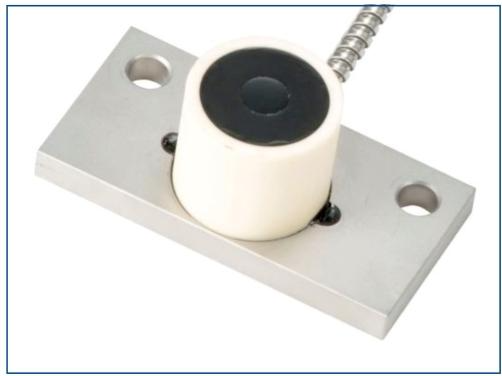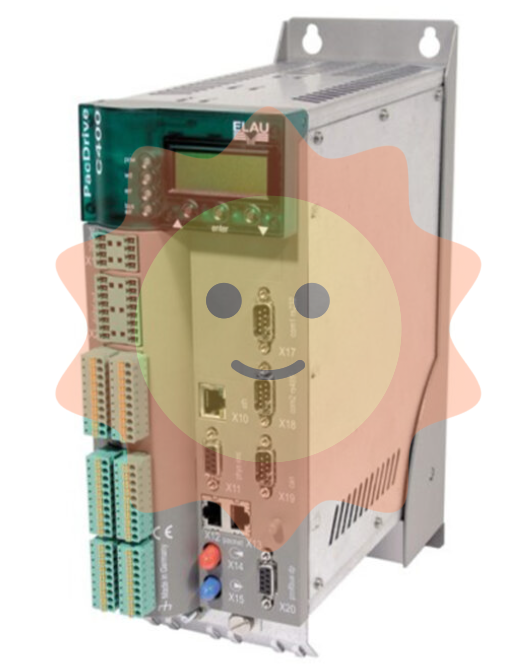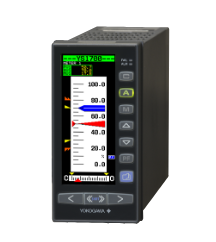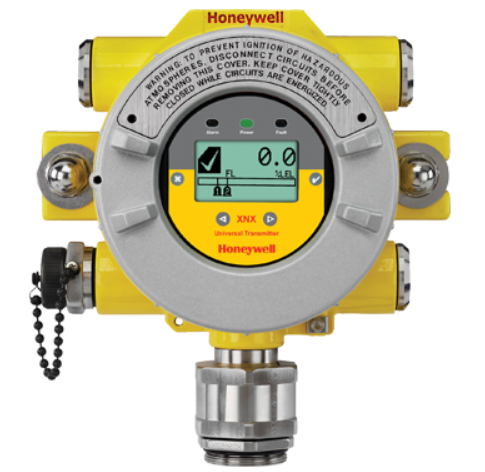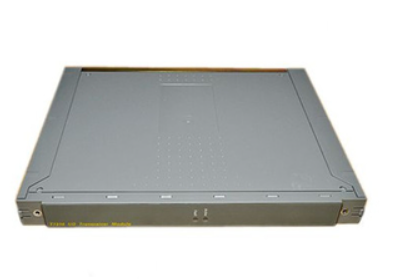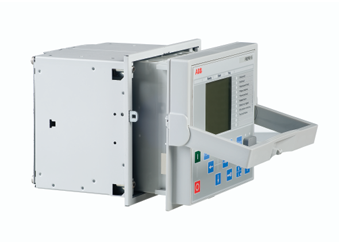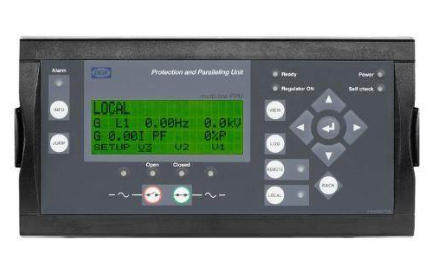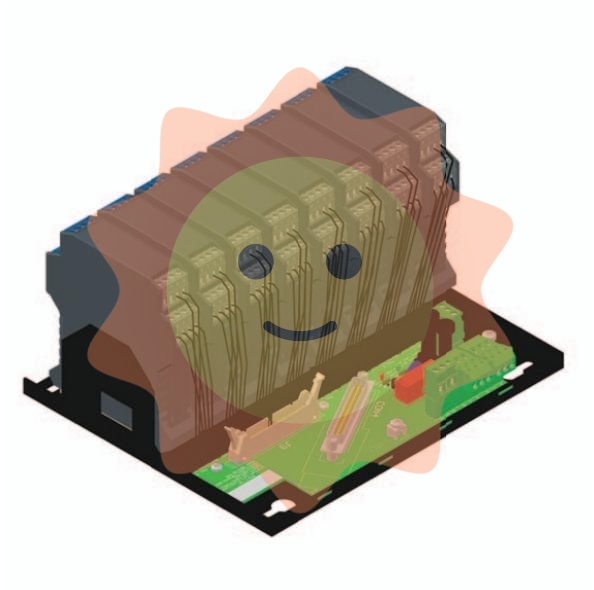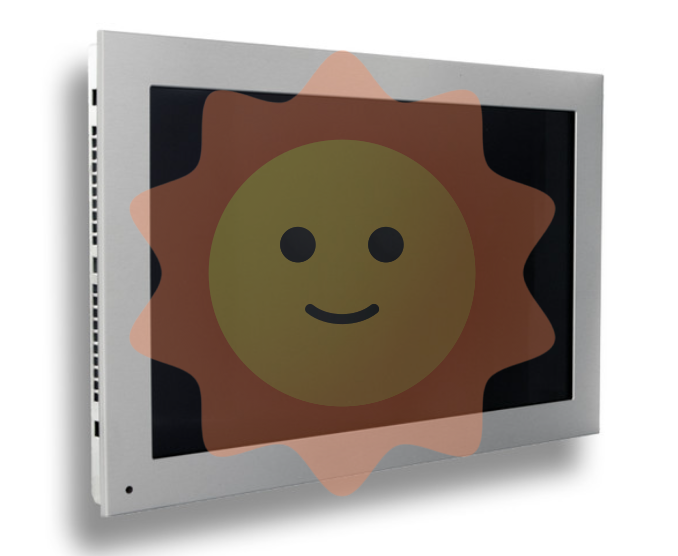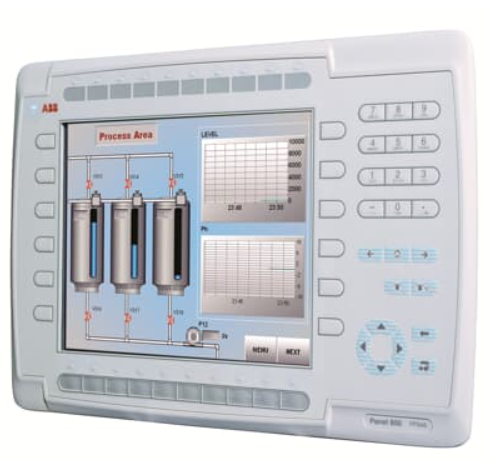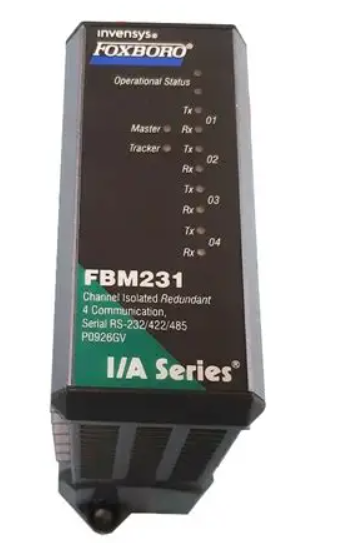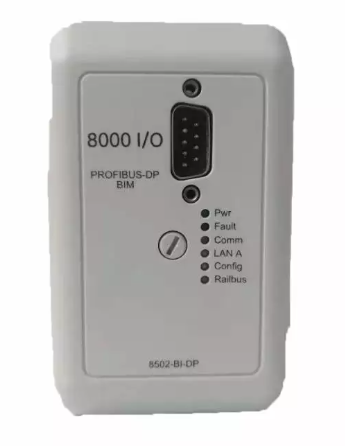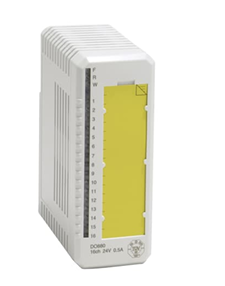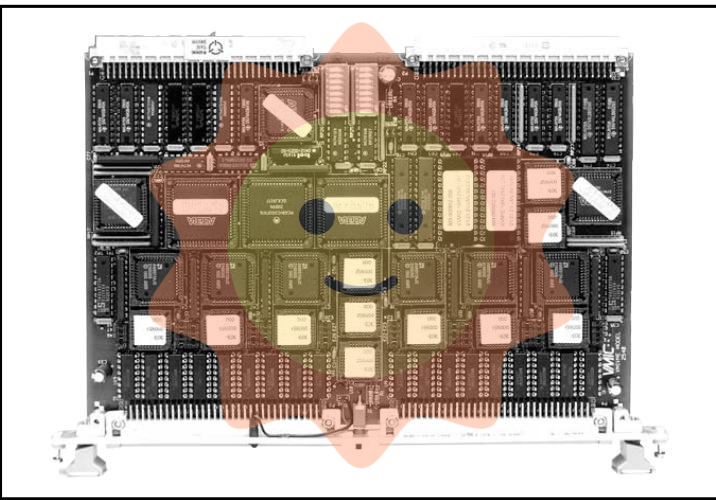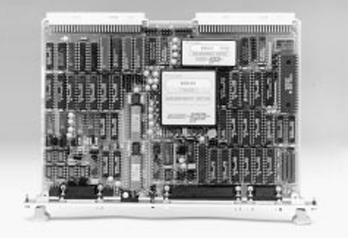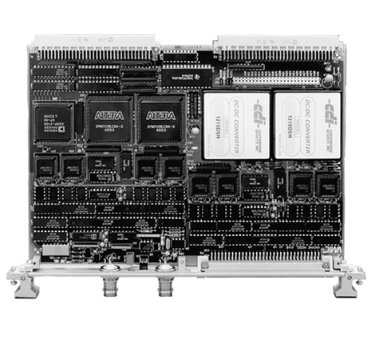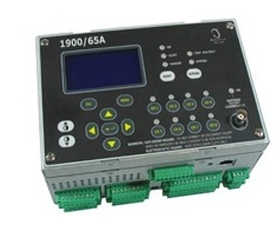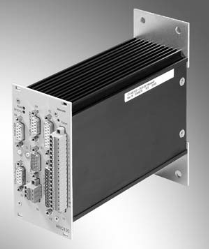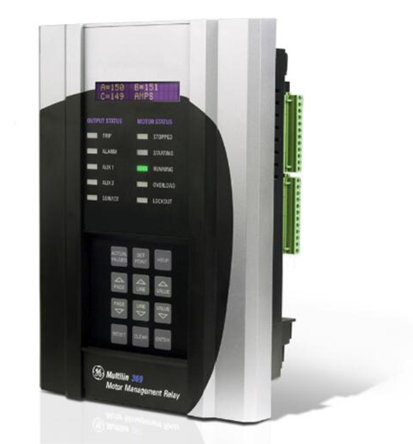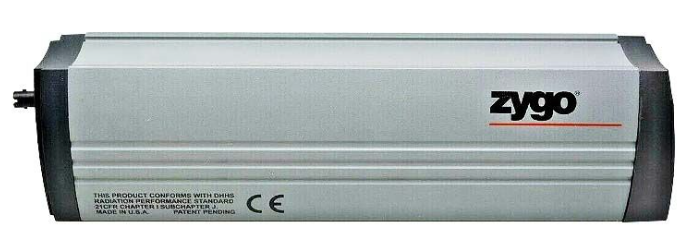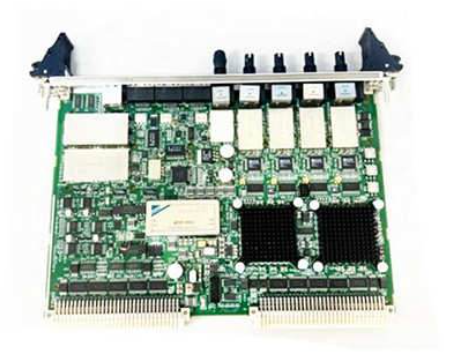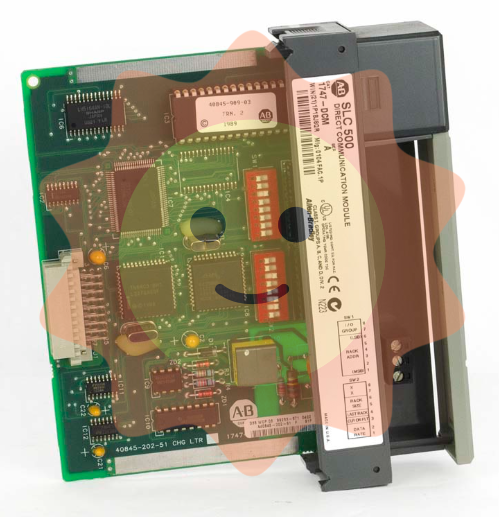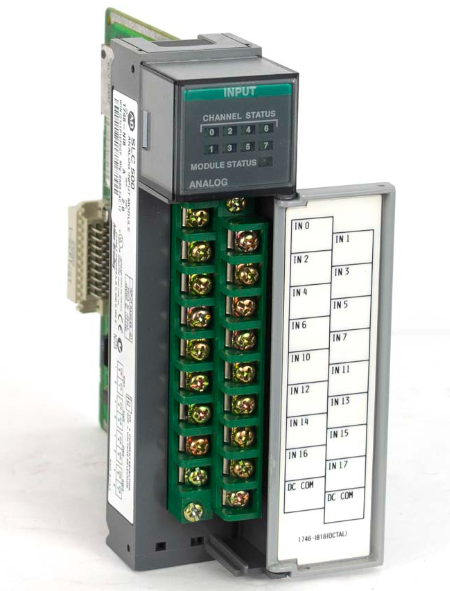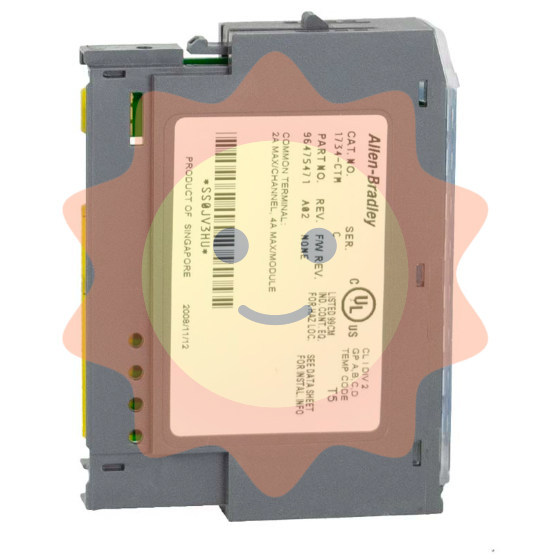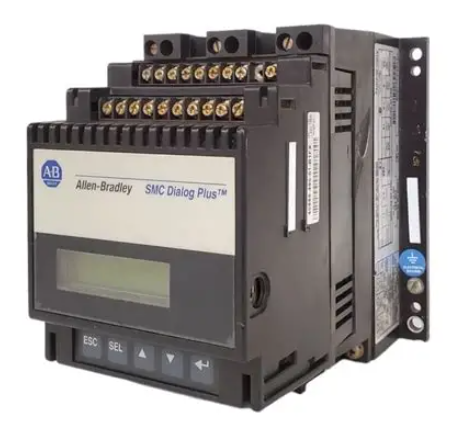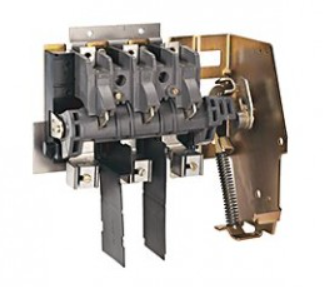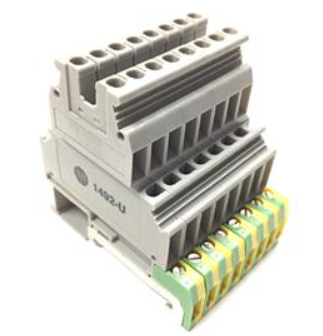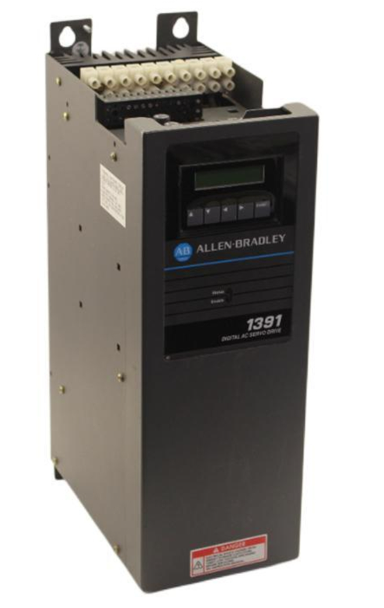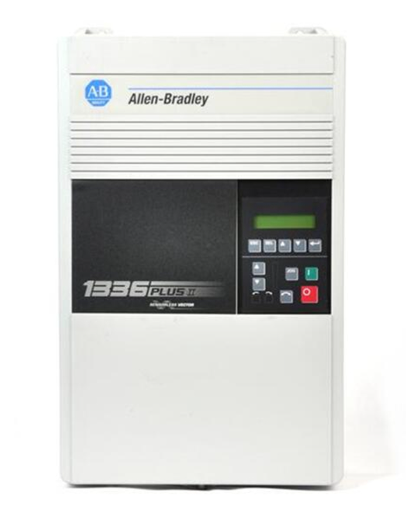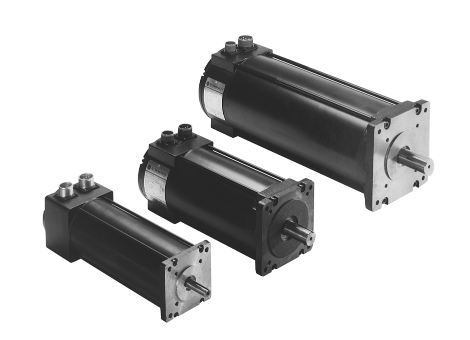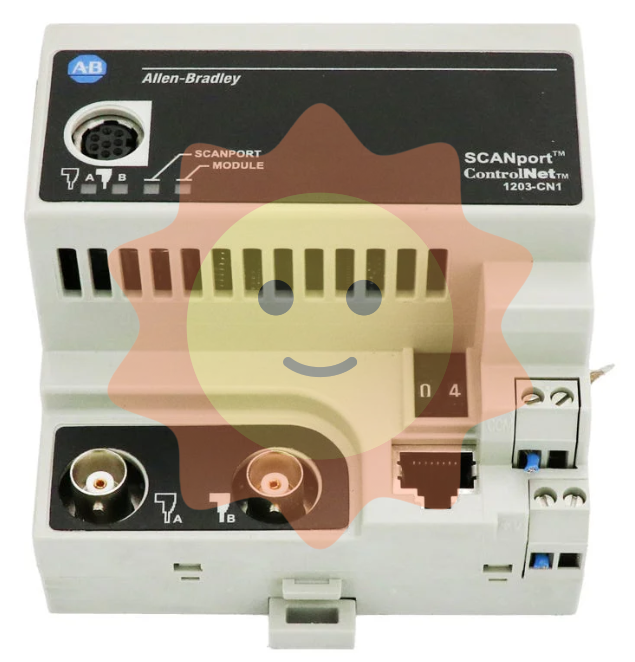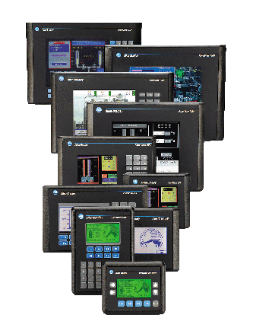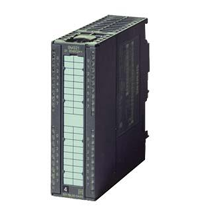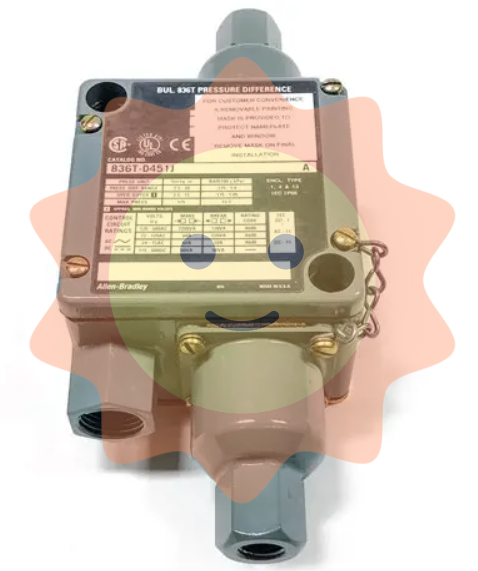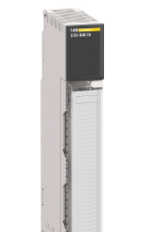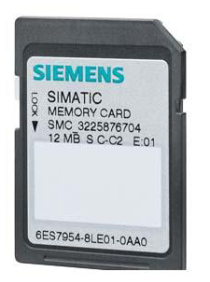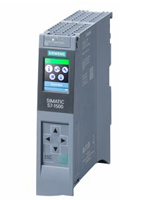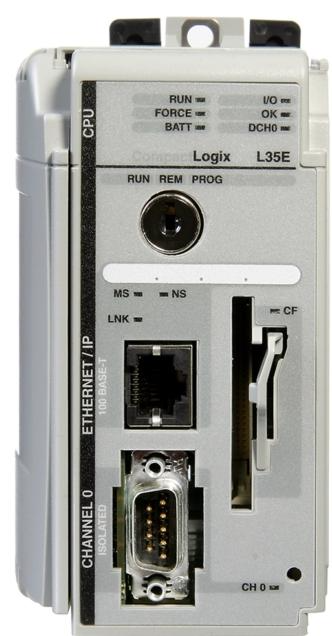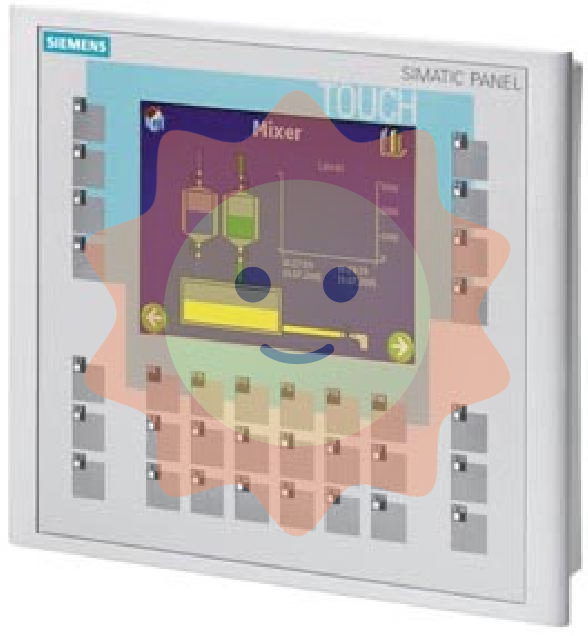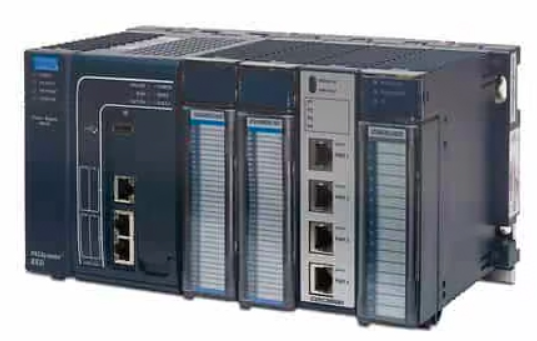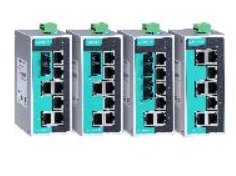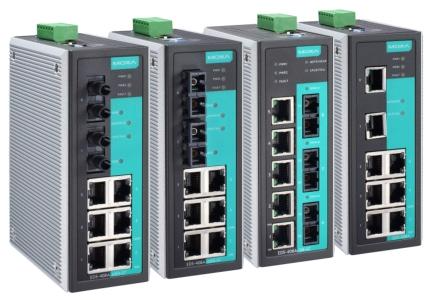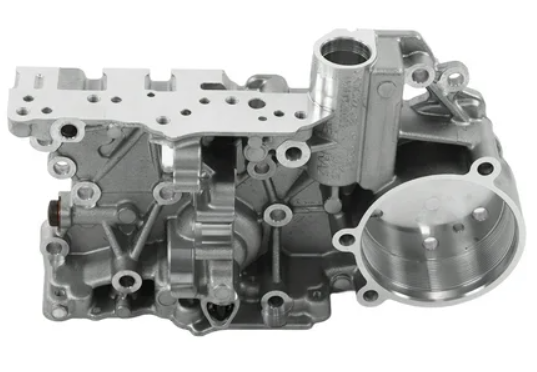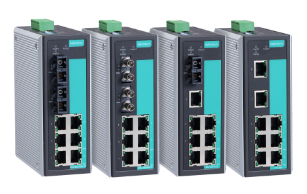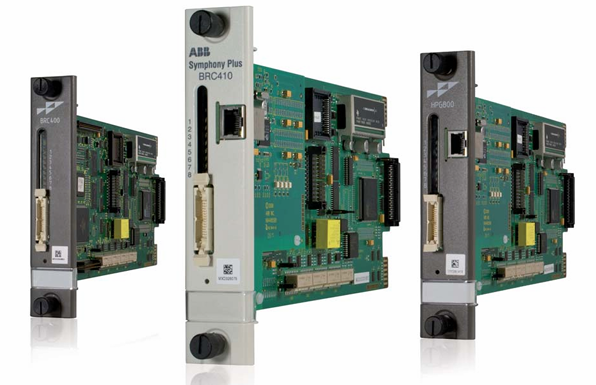RELIANCE S-D4022 Slanot Backplane
RELIANCE S-D4022 Slanot Backplane
DESCRIPTION
Backplane, in the context of industrial automation and electrical control, usually refers to a system structure used to connect multiple circuit boards or modules. The backplane provides the electrical connections and signal transmission paths that allow the modules to communicate and work together. In RELIANCE products, backplanes may be used to connect various controllers, drives, input/output modules, etc.
FEATURES
1. Structural Support: The backplane offers a rigid and stable platform for mounting and securing electronic components, ensuring proper alignment and preventing damage during operation.
2. Interconnection: It provides a standardized means for connecting different modules, such as input/output (I/O) cards, power supplies, and control processors. This connectivity facilitates the flow of data and signals within the control system.
3. Expansion Capability: The backplane often supports multiple slots or bays, allowing for the addition of additional modules as system requirements change or expand.
4. Signal Routing: It includes a complex network of conductive traces or bus bars that facilitate the transmission of electrical signals between the connected modules.
Main Functions
Power system monitoring and control:
The power interface board can be used for power system monitoring and control equipment to ensure the safe, stable and reliable operation of the power system.
Power plant automation:
In the power plant, it can be used to connect and manage the power supply of the mastering system and monitoring equipment to improve the automation level of the power plant.
Power transformer and distribution:
Applicable to substations and distribution stations, it is used to govern the power supply of transformers, circuit breakers and other equipments to ensure the high efficiency of power transmission and distribution.
Industrial Process Mastering:
In manufacturing and chemical workshops, this power interface board can be used for power management of automation systems, inner and control equipment to enhance productivity and safety.
Building Automation:
It can be used in building automation system, power supply to lighting, air conditioning, security equipment, etc., to achieve intelligent management of building equipment.
Railway flag signal system:
In the railway system, it is used in the power management of railway flag signal equipment and control system to ensure the stable operation of railway signal system.
Smart Grid:
In the smart grid, the power interface board can be used to connect and manage the digital power equipment and promote the intelligent development of the power grid.
Traffic Flag Signal System:
In the traffic flag signal system of routes and intersections, it is used to supply power to the flag master and equipment to ensure the normal display of traffic signals.
Aerospace:
In aviation and aerospace, the power interface board can be used in the control system of aircraft and spacecraft to provide stable and reliable power support.
It is suitable for land initiatives, oilfield equipment and other categories, providing power support for various land engineering equipment.
Technical specifications and performance
Voltage & Current: Specific voltage and current specifications may vary depending on application scenarios and customised requirements, but usually have multiple voltage and frequency adaptations to suit the power standards of different regions.
Durability and Safety: High-quality power interface boards are usually made of durable materials and equipped with safety devices such as fuses and circuit breakers to ensure long term reliability and stability while protecting the equipment and users.
Communication features: Some power interface boards may have communication interfaces that allow the device to communicate with a computer or other control system for remote monitoring and control.
Indicator lights and displays: Some power interface boards may be equipped with indicator lights for displaying information such as power status, connection status, etc., which are convenient for users to carry out troubleshooting and status monitoring.
Application Areas
Power generation plants: monitoring and controlling generators, steam turbines, governors and other equipment to ensure the stable operation of the power generation system.
Power transformer and distribution: used in substations and distribution stations to monitor and control transformers, circuit breakers, voltage regulators and other equipment.
Grid control: applied in monitoring, scheduling and control of power systems to ensure the stability and reliability of power networks.
Industrial process control: in manufacturing and chemical plants for automating and monitoring production processes.
Energy Management System: supports the monitoring, analysis and optimisation of energy systems to improve energy efficiency.
Power Generation Scheduling: Coordinates and optimises the operation of power generation plants to meet electricity demand.
Smart Grid: in smart grids to support the digitisation and intelligence of the grid.
Product Parameters and Specifications
Processor: 32-bit RISC processor
Clock frequency: 100 MHz
Memory: 128MB
Flash memory: 256MB
Communication interface: RS-232/485, Ethernet, etc.
Input/output interface: analogue input/output, digital input/output
Operating temperature: -25°C to +60°C
Storage temperature: -40°C to +85°C
Relative humidity: 5% to 95% (non-condensing)
Protection rating: IP65
Product specification: 300mm x 200mm x 100mm

- User name Member Level Quantity Specification Purchase Date
- Satisfaction :
-









Email:wang@kongjiangauto.com

